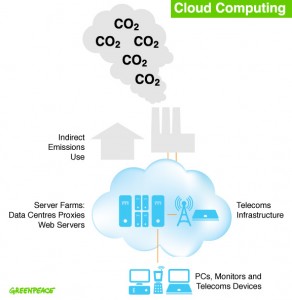From this morning’s NYTimes.
Not many people in the computer world remembered H. Edward Roberts, not after he walked away from the industry more than three decades ago to become a country doctor in Georgia. Bill Gates remembered him, though.
As Dr. Roberts lay dying last week in a hospital in Macon, Ga., suffering from pneumonia, Mr. Gates flew down to be at his bedside.
Mr. Gates knew what many had forgotten: that Dr. Roberts had made an early and enduring contribution to modern computing. He created the MITS Altair, the first inexpensive general-purpose microcomputer, a device that could be programmed to do all manner of tasks. For that achievement, some historians say Dr. Roberts deserves to be recognized as the inventor of the personal computer.
For Mr. Gates, the connection to Dr. Roberts was also personal. It was writing software for the MITS Altair that gave Mr. Gates, a student at Harvard at the time, and his Microsoft partner, Paul G. Allen, their start. Later, they moved to Albuquerque, where Dr. Roberts had set up shop.
Dr. Roberts died Thursday at the Medical Center of Middle Georgia, his son Martin said. He was 68.
This is touching, because Gates and Roberts were famous for not getting on. Wikipedia entry for Roberts is here.
LATER: Just noticed that Steven Johnson found a way of linking his Wired piece about the iPad to news of Roberts’s death:
I was pretty much sold on the idea that the time was right for an iPad-like tablet to bring us to the next step in computing, and using the actual iPad has only strengthened my view.
Despite what looks like a big initial wave of buyers, this shift won’t happen overnight. Lots of people will balk at paying between $500 and $830 for something that they think is an unnecessary complement to what they already have.
But eventually, as prices come down, power and connectivity increase and developers create unexpected and wonderful apps, I think this format will find its way into people’s hands as ubiquitously as smartphones. And though Apple has thrust itself into an early lead, there will be competition for the Third Way, and we’ll all be better for it.
Back in 1975, Ed Roberts’s Altair cost $397, only a bit less than the iPad does today. But it had no screen, no web, no apps and you had to assemble it yourself. We’ve come a long way since then. And as of Saturday, we’re a little way further.


